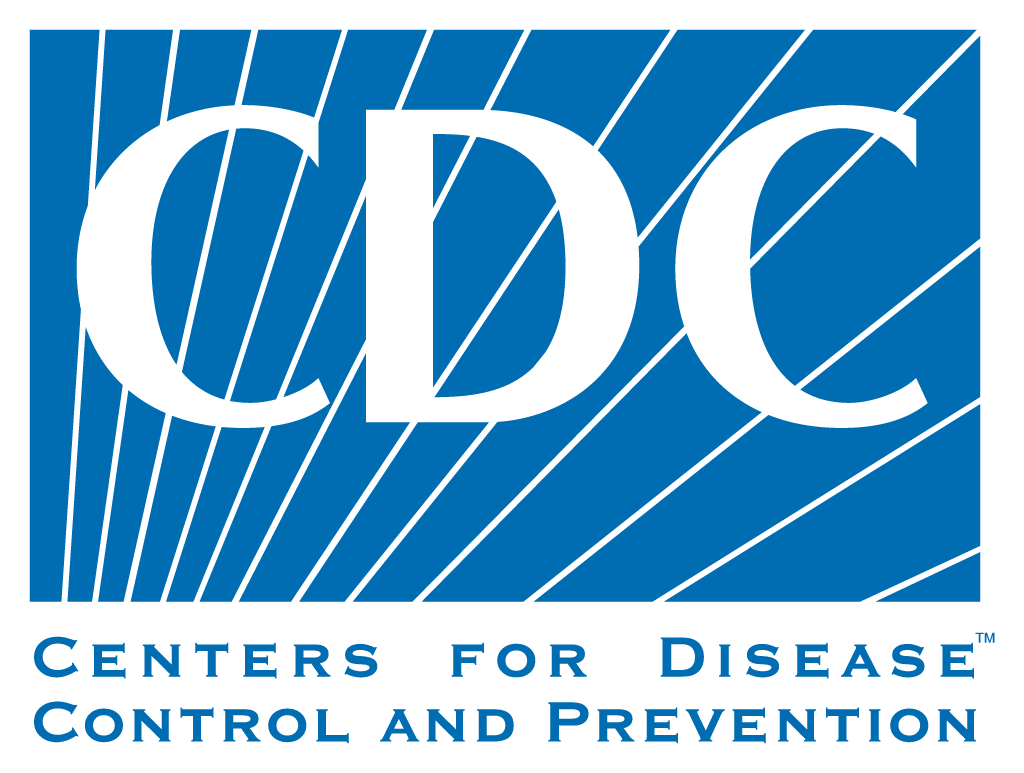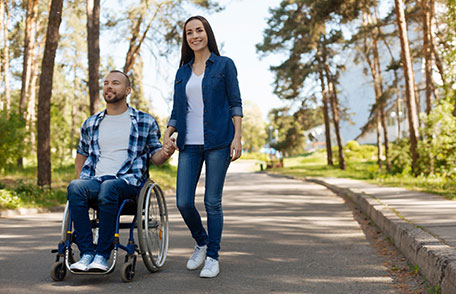July 26, 2019 marks the 29th anniversary of the Americans with Disabilities Act (ADA), a civil rights law that promotes the inclusion of people with disabilities at work, school, or other community settings. Learn what CDC is doing to include people with disabilities in public health research and health promotion activities.
An estimated 61 million people are living with a disability in the United States,1 and many people will experience a disability at some time during the course of their lives. Disabilities limit how a child or adult functions. Limitations may include difficulty walking or climbing stairs; hearing; seeing; or concentrating, remembering, or making decisions.
Enacted on July 26, 1990, the goals of the Americans with Disabilities Act (ADA) are to promote equal opportunity, full participation, independent living, and economic self-sufficiency for people with disabilities, as well as protect individuals with disabilities from discrimination. The ADA has made a positive difference in the lives of people with disabilities by providing better access to buildings, transportation, and employment; however, challenges remain with access to health care, as well as inclusion of people with disabilities in health promotion and disease prevention programs.1
Additionally, people with disabilities continue to face significant differences in health compared to people who do not have disabilities. For example:
- Adults with disabilities are three times more likely to have heart disease, stroke, diabetes, or cancer than adults without disabilities.2
- Adults with disabilities are more likely to smoke, to have obesity, and to be physically inactive than adults without disabilities.3
- Women with disabilities are less likely to have received a mammogram in the previous 2 years than women without disabilities.4
The Centers for Disease Control and Prevention’s (CDC) Tools for Inclusion
People with disabilities need public health programs and healthcare services for the same reasons anyone does—to be healthy, active, and engaged as part of the community. Including people with disabilities in public health programs and activities ensures improvements in the overall health and well being of the entire population. CDC provides resources that public health practitioners, healthcare providers, and others can use to help ensure that everyone – with and without disabilities – can participate fully in their communities.
Visit the Disability and Health website to find helpful information about disability inclusion and to learn more about
- Barriers to inclusion that people with disabilities usually experience in communities;
- Strategies to create inclusive communities; and
- Resources to include people with disabilities in public health programs and activities.
CDC recognizes ADA as an opportunity for the inclusion of people with disabilities in federal efforts related to health and health care.
Supporting People with Disabilities
CDC supports 19 state-based disability and health programs to ensure that people with disabilities are included in ongoing disease prevention and health promotion activities within their states. CDC also collaborates with two National Centers on Health Promotion for People with Disabilities to improve the lives of people living with disabilities. These partnerships promote inclusion and provide health information, education, consultation, and inclusion strategies to a wide variety of audiences.
CDC also maintains the Disability and Health Data System (DHDS), an online interactive tool that provides instant access to state-level, disability-specific health data. Users can customize the disability and health data they view, making it easy to identify health differences between adults with and without disabilities.
Moving Forward
CDC is committed to protecting the health and well-being of people with disabilities across their lifespans. Through its state disability and health programs and national collaborations, CDC strives to reduce disparities in health faced by people with disabilities by fostering their inclusion in public health surveys, public health programs, and increasing the accessibility of healthcare services.
The work of CDC honors the intent of the ADA as a critical piece of civil rights legislation to ensure people with disabilities receive essential healthcare services and programs, enjoy a high quality of life, experience independence in their communities, and reach their full potential.
To learn more about Disability and Health, please visit the Disability & Health website.

- Okoro CA, Hollis ND, Cyrus AC, Griffin-Blake S. Prevalence of Disabilities and Health Care Access by Disability Status and Type Among Adults — United States, 2016. MMWR Morb Mortal Wkly Rep. 2018;67:882–887.
- Carroll DD, Courtney-Long EA, Stevens AC, Sloan ML, Lullo C, Visser SN, et al. Vital Signs: Disability and Physical Activity – United States, 2009-2012. MMWR Morb Mortal Wkly Rep. 2014;63:407–13.
- Centers for Disease Control and Prevention, National Center on Birth Defects and Developmental Disabilities, Division of Human Development and Disability. Disability and Health Data System (DHDS) Data [online]. [Accessed June 12, 2019].
- Courtney-Long E, Armour B, Frammartino B, Miller J. Factors Associated with Self-reported Mammography Use for Women with and Women Without a Disability. J Women’s Health (Larchmt). 2011; 20:1279–1286. DOI.

